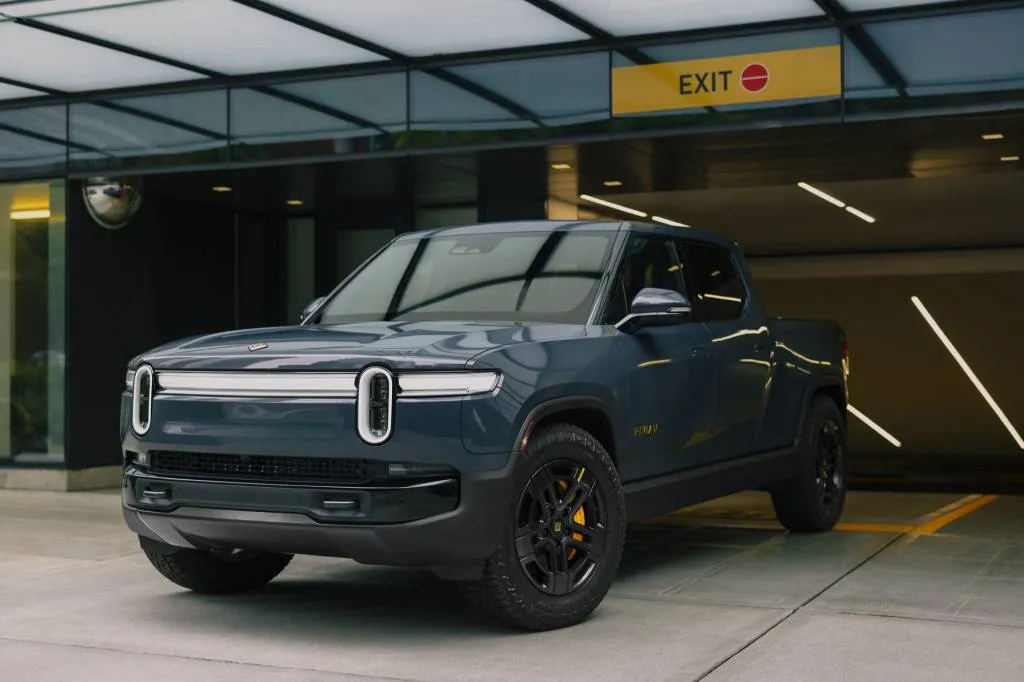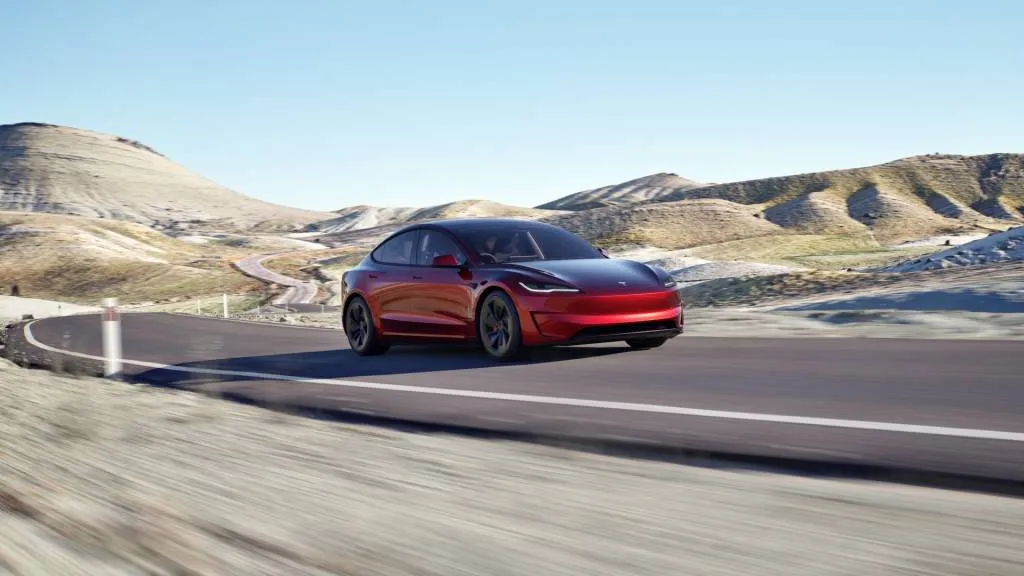Powerful EVs—particularly all-wheel drive versions with multiple motors—may be closely linked to persistently high EV insurance costs.
Specifically, EVs with more than 300 lb-ft of torque, especially those with a high torque-to-weight ratio, correspond with higher insurance loss cost, LexisNexis disclosed to DriftBreath Reports, based on its analysis of insurance claims across EV brands and insurers.
2025 Porsche Taycan Turbo GT Weissach package
However, the data set itself isn’t enough to say whether more power and quicker acceleration leads to more aggressive behavior (and crashes), or whether another factor makes quicker EVs less safe.
EVs are often lauded for “instant torque” and quick acceleration, which at least one automotive executive has touted as a safety feature.
While a smaller ratio of gasoline models make more than 300 lb-ft of torque, the higher risk level appears not to carry beyond EVs in the same way.

2025 Rivian R1T
Correlation also does not imply causation. In fact, there are several other factors alongside torque that could play into the high insurance costs for these EVs—like one-pedal driving modes.
“While torque contributes to the higher insurance loss cost of electric vehicles, it is important not to view these numbers solely through the lens of torque,” Xiaohui Lu, the vice president of LexisNexis global business development, told DriftBreath Reports, pointing to EV repair costs as examples.

2024 Tesla Model 3 Performance
Lu also emphasized that the data set shows that some EVs do offer lower loss rates, and there plenty of safe EV drivers. But that’s balanced by higher costs when EVs do get crashed and more expensive collision repair related to EVs’ heavier weight, plus soaring battery replacement costs.
Enthusiast owners of niche performance vehicles might be used to expensive insurance as the inevitable tradeoff. But for the Tesla Model 3 or Hyundai Ioniq 5 or others touted as normal vehicles, it’s another matter.


